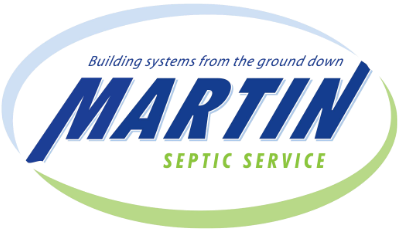 Septic systems can be confusing if you have never owned a property with one. Here are a some frequently asked septic questions you may find helpful. If you have a question that is not answered here, give us a call or drop us an Email. We look forward to helping you out and keeping your septic system running! If you still have questions, or just want to learn more, check out our blog and news section with all kinds of interesting reading, if you enjoy reading about septic systems!
Septic systems can be confusing if you have never owned a property with one. Here are a some frequently asked septic questions you may find helpful. If you have a question that is not answered here, give us a call or drop us an Email. We look forward to helping you out and keeping your septic system running! If you still have questions, or just want to learn more, check out our blog and news section with all kinds of interesting reading, if you enjoy reading about septic systems!
Yes, we provide residential home owners with the documentation needed for compliance in Charlotte County with the County Managed System Program.
We accept payment by Check, Visa, MasterCard, Discover and Cash.
Installation and maintenance of new/replacement systems, septic tank pumping, installation & maintenance of Aerobic Treatment Units (ATU) & drip irrigation drainfields, septic inspections, lift station installation & maintenance. If you are a home builder, and we are not currently working together, please call our office for a bid on your next project.
Yes. All records since 2010 are securely stored electronically. This availability of records is especially helpful to property managers. We work with many property managers and can help to keep properties on a schedule for cleaning and inspection. By maintaining a regular schedule of service many expensive repairs can be avoided. If you own, manage or seasonally look after properties, you will find our organization, attention to detail and quality of work beneficial.
Martin Septic’s professional technicians are trained to comply with Occupational Safety and Health Administration Regulations and have completed training in Confined Space Entry. All staff members are familiar with the Department of Transportation’s Federal Motor Carrier Safety Regulations concerning the operation of commercial motor vehicles.
A tank needing a pump-out when any of the following things begin occurring: slow draining sinks, toilets, showers, bathtubs; a gurgling noise coming from the toilets; or sewage back-up in the shower or bathtubs.
When a system is failing you may experience the issues listed above inside the home. It is also common for either the tank or drainfield to fail but not necessarily both. In a tank failure, holes/corrosion caused by methane gas may be present, the best way to know if your tank is failing is to have it pumped unless the issues are clearly visible. When a drainfield is in failure typically there’s sewage back-up into the home due to the fact that the field is no longer accepting water and is saturated. Each home is different therefore each system is different; the only way to know is to contact a septic contractor or your local health department for evaluation.
During a Septic Inspection, we perform a 30- minute water test to the drainfield and a visual inspection of the septic tank from the water line up.
During a routine pump out, we remove all solids and liquids from the tank and we also clean the filter, if present.
Martin Septic Service, Inc. suggests homeowners to not use their garbage disposal, since food & grease is unable to be broken down by the bacteria in the septic tank resulting in more frequent pump-outs.
Martin Septic Service, Inc. / EPA recommend homeowners to pump their tanks every 3-5 years based on household size and daily usage.
When using more water than the system was designed for it can result in more frequent pumping. Not pumping a tank can result in the sludge and scum layers to enter the drainfield thus causing system failure.
With proper maintenance and installation the onsite septic system should last approximately 15+ years.
The standard drainfield/leachfield is buried 1-3 ft below the ground surface consisting of a series of aggregate or an alternative drainfield product- allowing the liquid to distribute slowly throughout the field percolating into the soil which acts as a biological filter.
A septic system consists of two main parts-a septic tank and a drainfield:
The septic tank is a watertight container, usually made of concrete or fiberglass, with an inlet and outlet pipe. Wastewater flows from the home to the septic tank, where it remains until the liquids and solids separate after being broke down by a naturally occurring bacteria. Three layers will form inside the tank; a scum layer where solids less dense than water (grease, oils, etc.) float on top, a sludge layer where solid waste with a higher density than water settles, and the middle layer with partially clarified wastewater. The scum and sludge layers are where the bacteria can be found and where the wastewater breakdown occurs. The tank needs to be pumped when scum and sludge that cannot be broken down is present. The clarified liquid flows from the septic tank to the drainfield.



